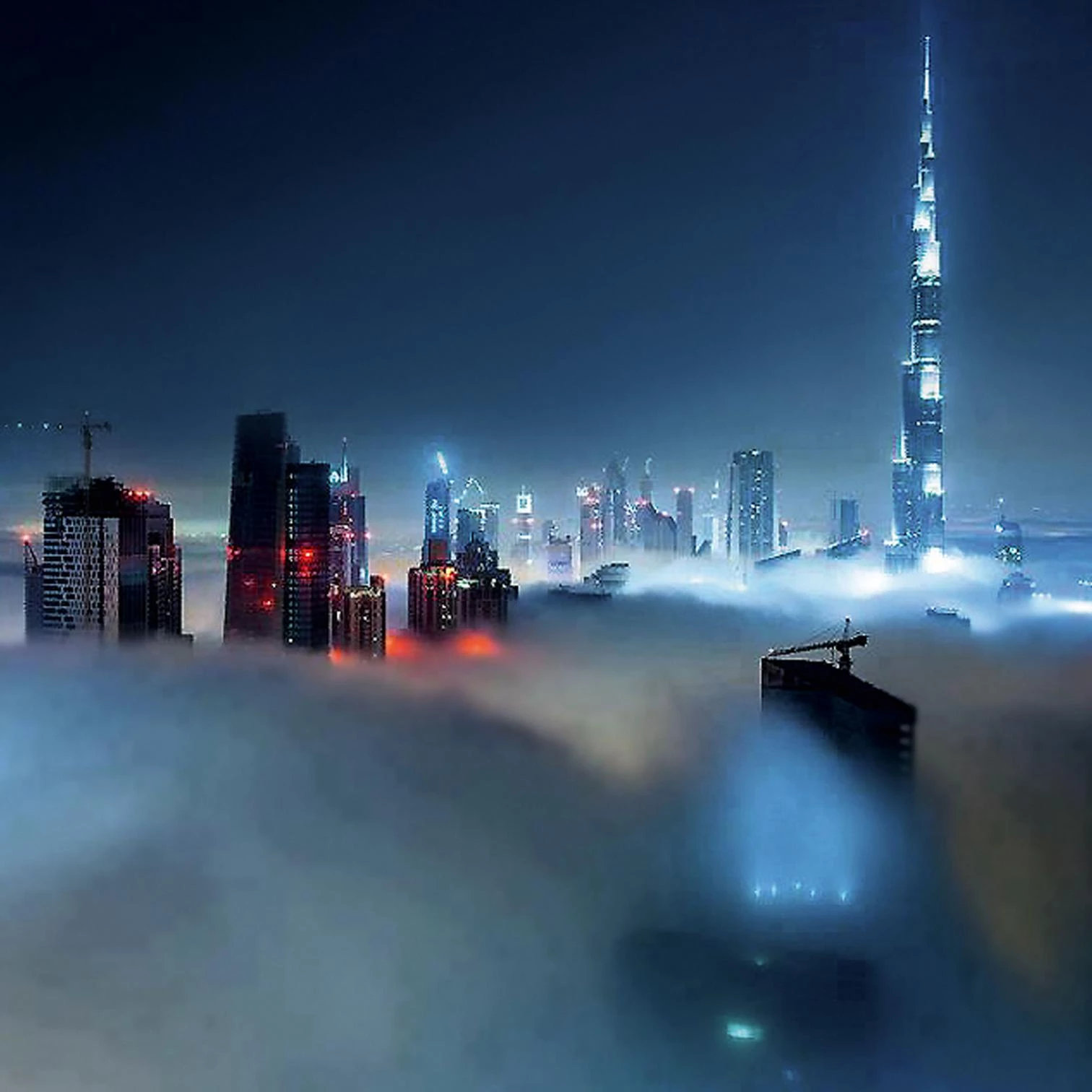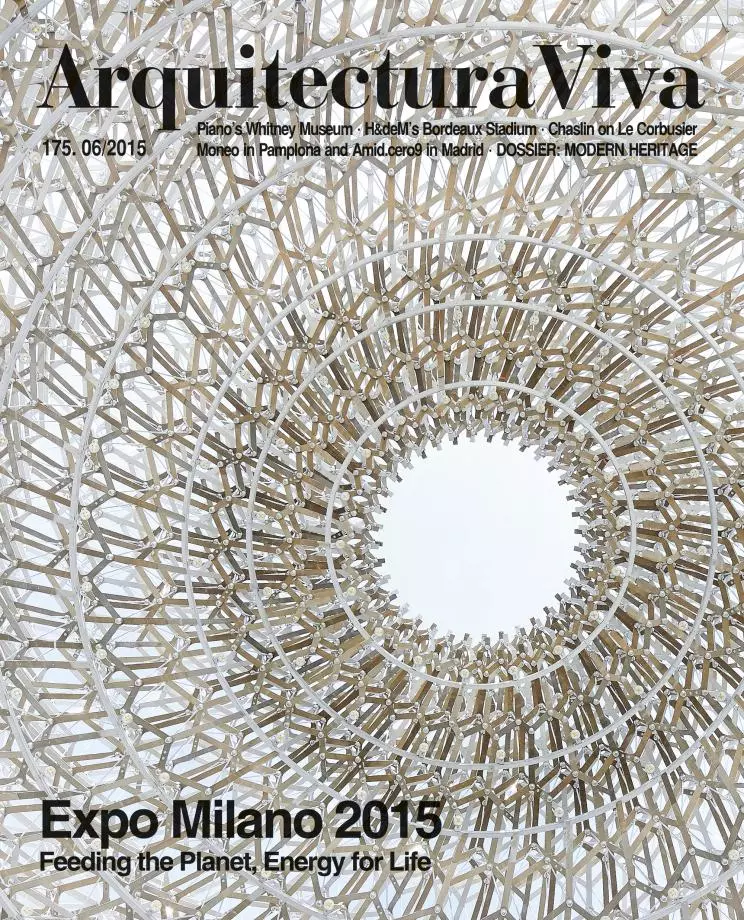
The 21st-century person is a city person. A person of ever lower cities under a chaotic, aggressive, ‘monstrous’ light. But at the same time, the industrial city of productive capitalism tends to give way to the city of leisure, the shopping city whose first models were 19th-century department stores. The logic of entertainment, enjoyment, and consumption has not ceased to gain ground since.
In the age of artsy capitalism, shopping areas have taken on a social importance and a dimension which are as new as they are exceptional. They are what restructure urban centers and accesses, and reorganize the landscapes of the outskirts as well as railway stations, airports, and museums. With their display windows, logos, and illuminated signs, places where things are sold colonize and control urban territories almost entirely. Thus the expansion of the “franchise city,” where the world fills itself with commercial enclaves to create an urban and architecture universe under the aegis of the market.
Even prestigious works of architecture bear the mark of advertising and entertainment culture. Architects can scorn the commercial spirit, but this does not prevent them from using shopping mechanisms in their projects for museums, airports, universities, and hospitals. The qualitative and aesthetic aspects of commerce are applied in all sectors: artsy capitalism reflects the increasingly important role of architects of interiors and of designers – sometimes considered the new “magicians of the real” – in the marketing strategies of trademarks. This is commercial architecture of the kind that seeks to stimulate sales through stylization gimmicks, stagings, and interior decoration; commercial architecture that fully contributes to the formidable development of our transaesthetic cosmos.
In parallel, we watch the aestheticization of urban centers, signs of which are the growing importance of the concept of visual delectation, of design in public spaces and urban furniture, of architectural facades, of reappraising heritage, of multiplying museums and having dazzling buildings raised by celebrity architects. In the hypermodern context, where cities are in fierce competition, the aesthetic dimension has become a key factor in attracting tourists and investors. Cities engage in the creation of visual identities in an effort to gain a share of the market, just like commercial brands.
Many symbols of the diffuse and disperse city, of the ‘post-urban,’ have become something common everywhere on the planet: the monotonous commercial urbanism of the new peripheral centers spreads all over, giving us strong dèjà-vu feelings. On the one hand, artsy capitalism creates a proliferation of innovative and aesthetic selling points; on the other hand, it produces architectural disgraces and urban nothings on a grand scale.
The architects and urban planners who conceive these new aestheticized spaces are like decorators of the city, which they try to turn into a stage set for a show of its own. Behind all this is the idea that sensory marketing and retailainment have developed in the actual spaces of commerce: the idea of a “reenchantment of the world” that leads to living in the city, spaces halfway between commercial and recreational, like a party lived out with passion and pleasure. Theatricalized, thematized, spectacularized, the city produces experiences, arouses emotions, creates sensations: people look for atmosphere in it. The city asserts itself as a place that lures, a place for going out, for shopping, for culture: in sum a transaesthetic space.





